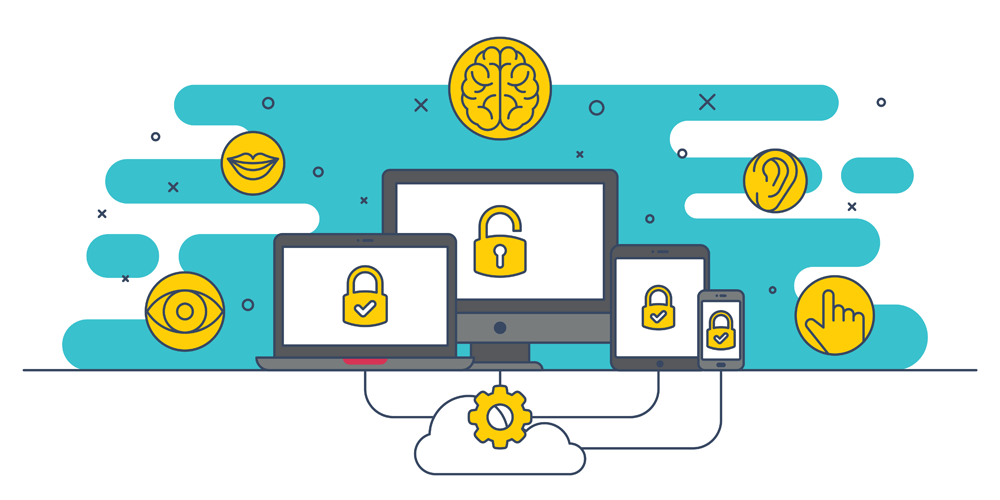How often are you online?
If you’re like me, your phone is the first thing you grab in the morning- and not just to turn off the alarm. Most mornings will find me checking email and the news before I crawl out of bed! According to Pew Research Center, approximately three-quarters of Americans go online at least daily. We use the internet to keep in touch with loved ones, get the latest in breaking news, work, shop, and even manage our finances.
The internet is an indispensable part of most of our lives. Have you ever challenged yourself to stay off the internet for any length of time? I certainly have, and I am not proud of my resolve. Life is just so easy with the internet. That is, if you can see, hear, have great dexterity, and are not easily distracted – a considerable list of qualifications showing just how inaccessible the internet is for far too many people.
Have you ever used a screen reader?
Have you tried navigating a website without using your mouse and relying solely on a screen reader? Try shopping your favorite online store this way. In my experience, it’s often confusing and sometimes impossible to do. That’s because tons of websites are designed without consideration for people with health conditions or impairments.
Many argue (and the courts tend to agree) this user discrepancy is unfair and unlawful under the Americans With Disabilities Act Title III (ADA Title III), section 508 of the Rehabilitation Act, and Section 255 of the Communications Act. In response to this inequity, the first Web Content Accessibility Guidelines (WCAG) were released in 1999 and published by the Web Accessibility Initiative (WAI) of the World Wide Web Consortium (W3C): the primary International Standards organization for the internet.
There are a lot of companies out there pushing for web accessibility overlays and plugins; quick-fixes that often break code and are incompatible with a user’s choice of assistive technology. As tempting as these options may be, the only guaranteed way to make a site accessible is by ensuring the code itself, the source of the issue, is modified to meet the WCAG success criteria. Access to the web is considered by many to be nothing short of a civil right, and the way to a more accessible web should not be paved with quick-fixes.
Enter ilumino
This is the first blog in our educational series dedicated to illuminating the broad and multifaceted topic of accessibility. Check out our next blog, “Accessibility by the Numbers”, coming later this month! Call a friendly ilumino consultant and have all your questions answered about digital accessibility, your responsibility, and steps you can take now.
References
- Pew Research Center – About three-in-ten U.S. adults say they are ‘almost constantly’ online
- The history of the web – Putting Web Accessibility First
